Proposal to Change Milk Carton Dates in Montana Voted Down
If you’ve ever been confused about the dates printed on milk cartons, join the club.
Most of us are taught from an early age that we shouldn’t eat any food that is past its “date”— but the exact meaning of that date varies from package to package. “Sell-by” dates are not the same as “use-by” dates, and “best-by” dates are a whole other story.
In recent years, there has been some debate over the dates that are printed on milk cartons sold in Montana. If you pull your milk out of the fridge, you’ll notice that there are two different dates printed at the top. The larger one is the “sell-by” date — which, according to Montana law, indicates the time at which stores are required to pull the product from their shelves and dispose of it.
That date is exactly 12 days past the other, smaller date printed on the carton — the date of pasteurization.
Although most experts agree that milk is safe to drink up to 21 days after it is pasteurized — which, if you follow the math, would be a little over a week past the “sell-by” date — there is no “use-by” date printed on the carton.
Consequently, many Montana retailers and consumers end up discarding perfectly good milk — retailers because they are mandated to do so by law, and consumers because they assume the milk isn’t good past the date that is displayed most prominently on the carton.
This week, the state Board of Livestock shot down a “dual-dating” proposal that would allow milk containers to be marked with a 12-day “sell-by” date and a 21-day “use-by” date that is commonly displayed on milk cartons sold in other states.
Unfortunately, that probably means that there will continue to be a lot of milk wasted in Montana. So, before you toss that jug of 2-percent, be sure to stop and do the math.
Brooke is a 2010 graduate of The University of Montana, where she ran track and cross country for the Grizzlies. She is currently working as a writer and editor in Missoula.
More From 94.9 KYSS FM






![Missoula Farmers Market to Kick Off 43rd Year on Saturday May 2 [YouTube]](http://townsquare.media/site/119/files/2015/04/Farmers-Market-6.jpg?w=980&q=75)


